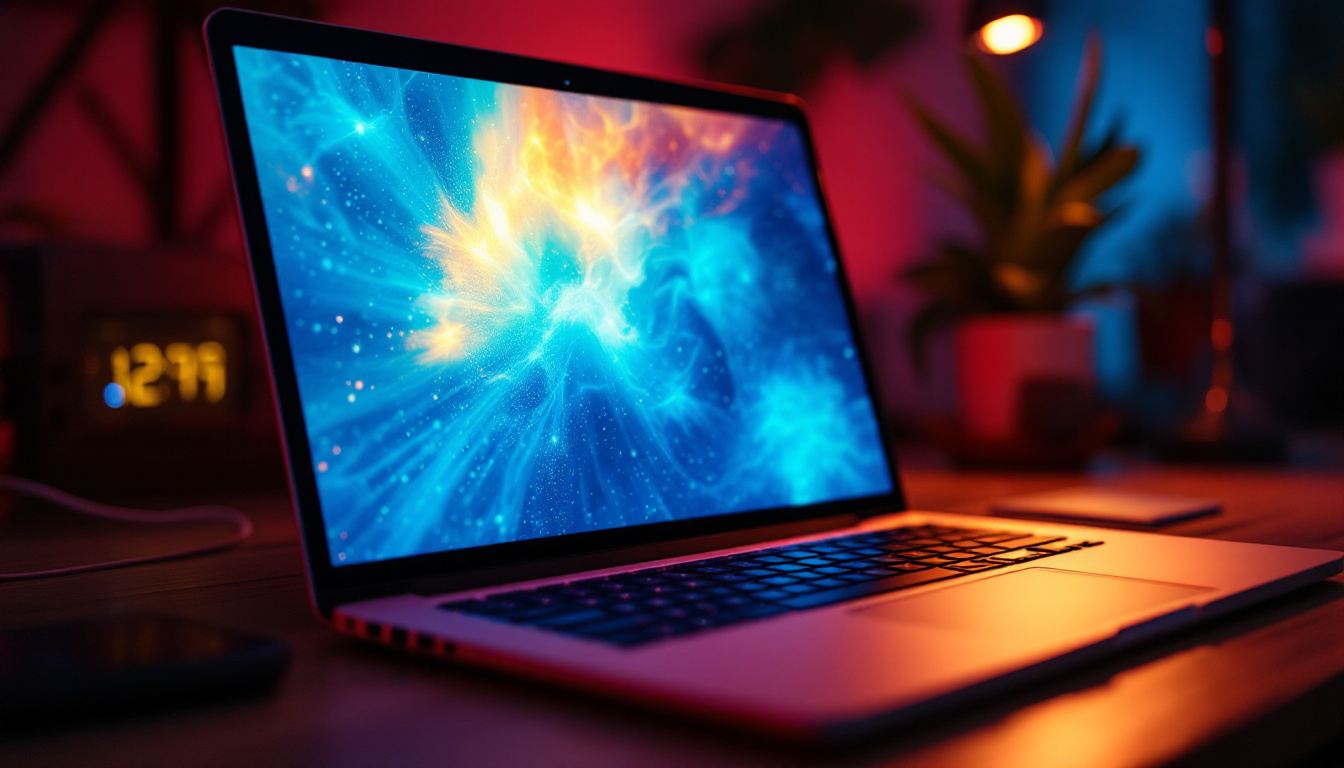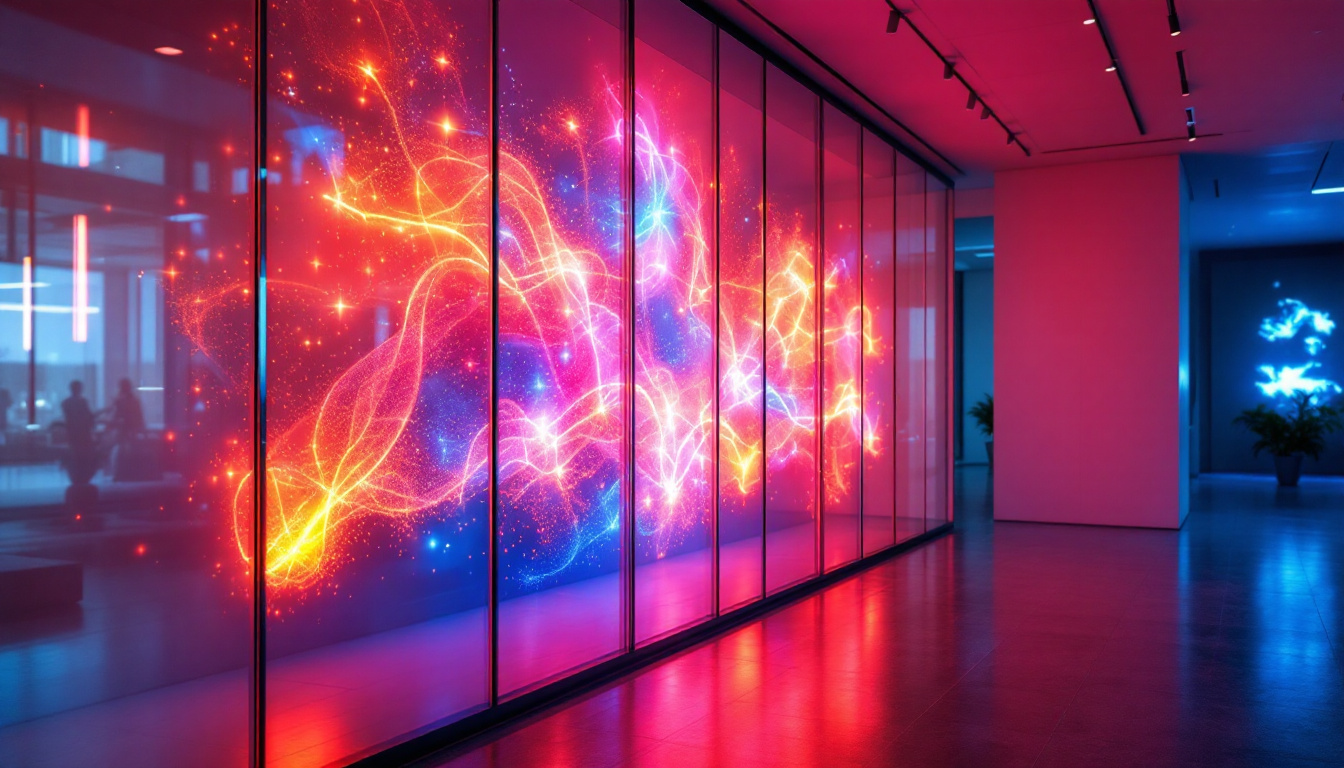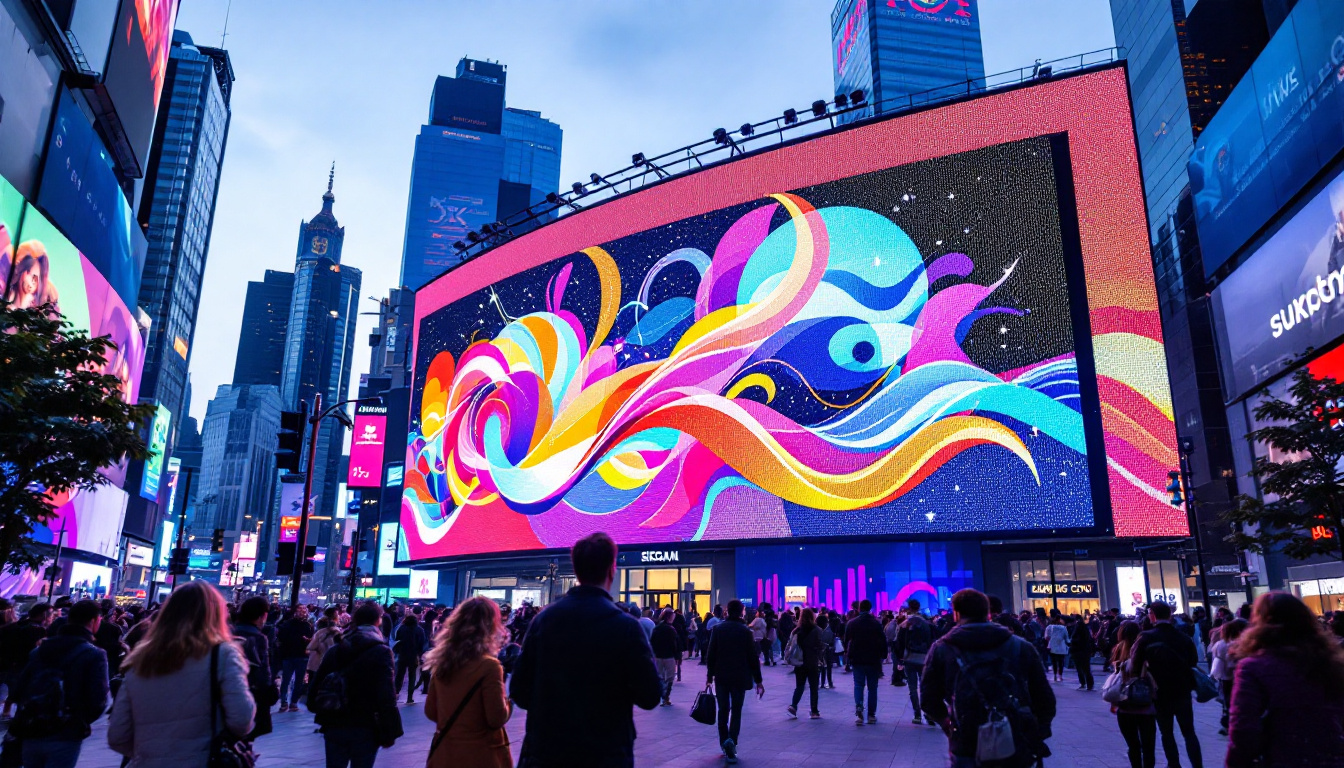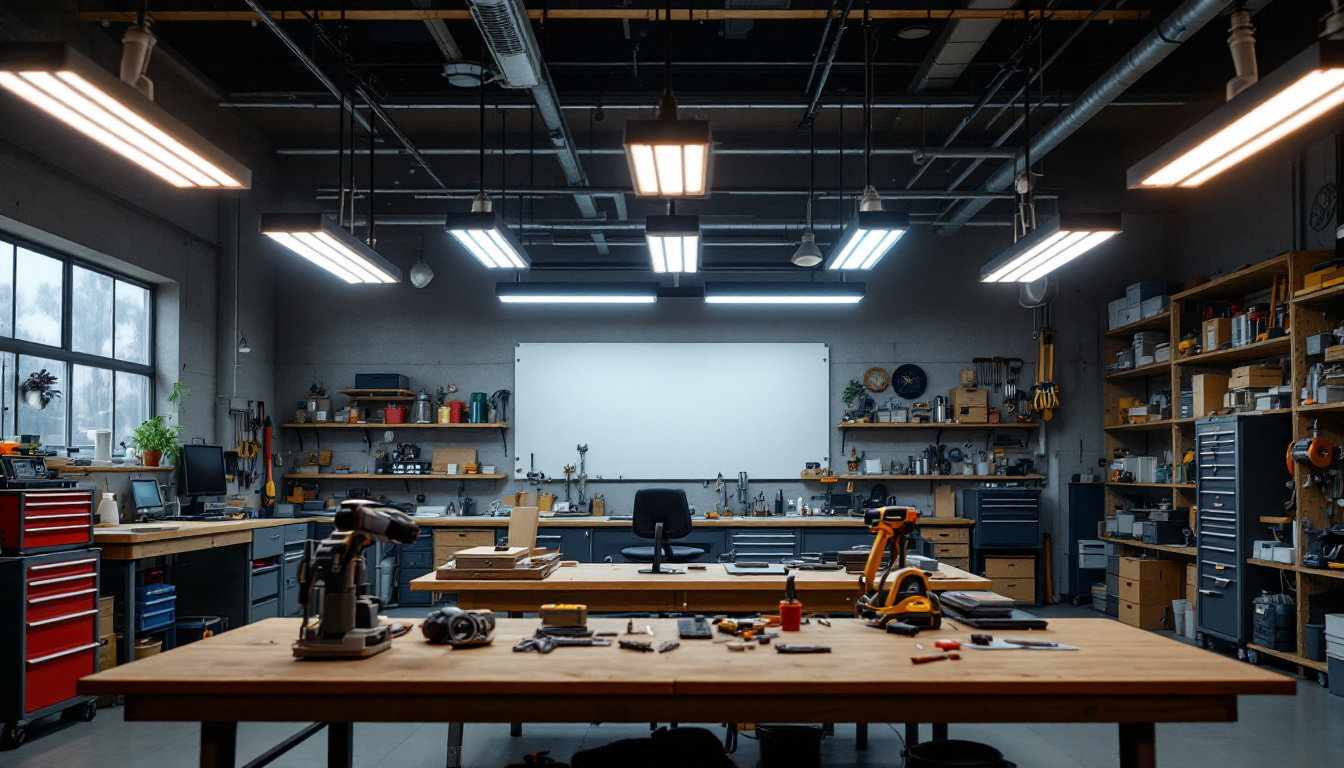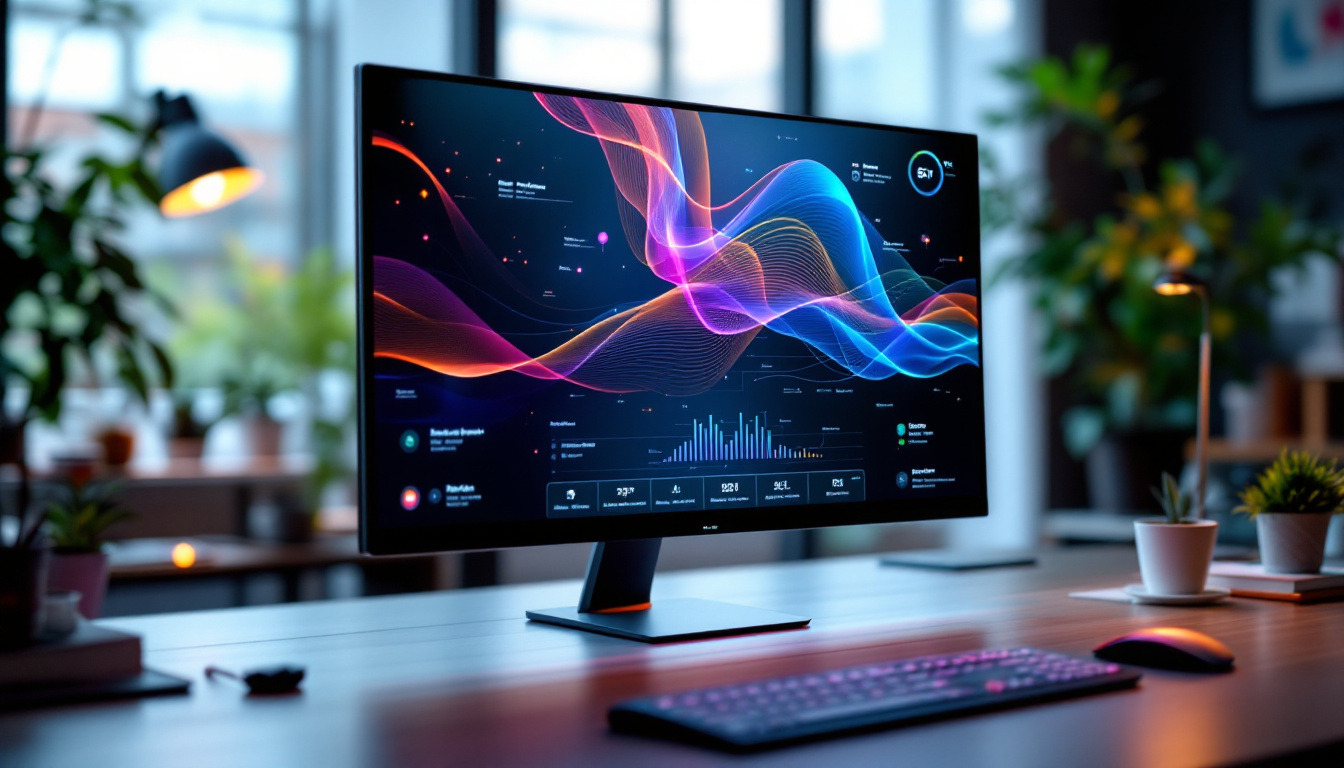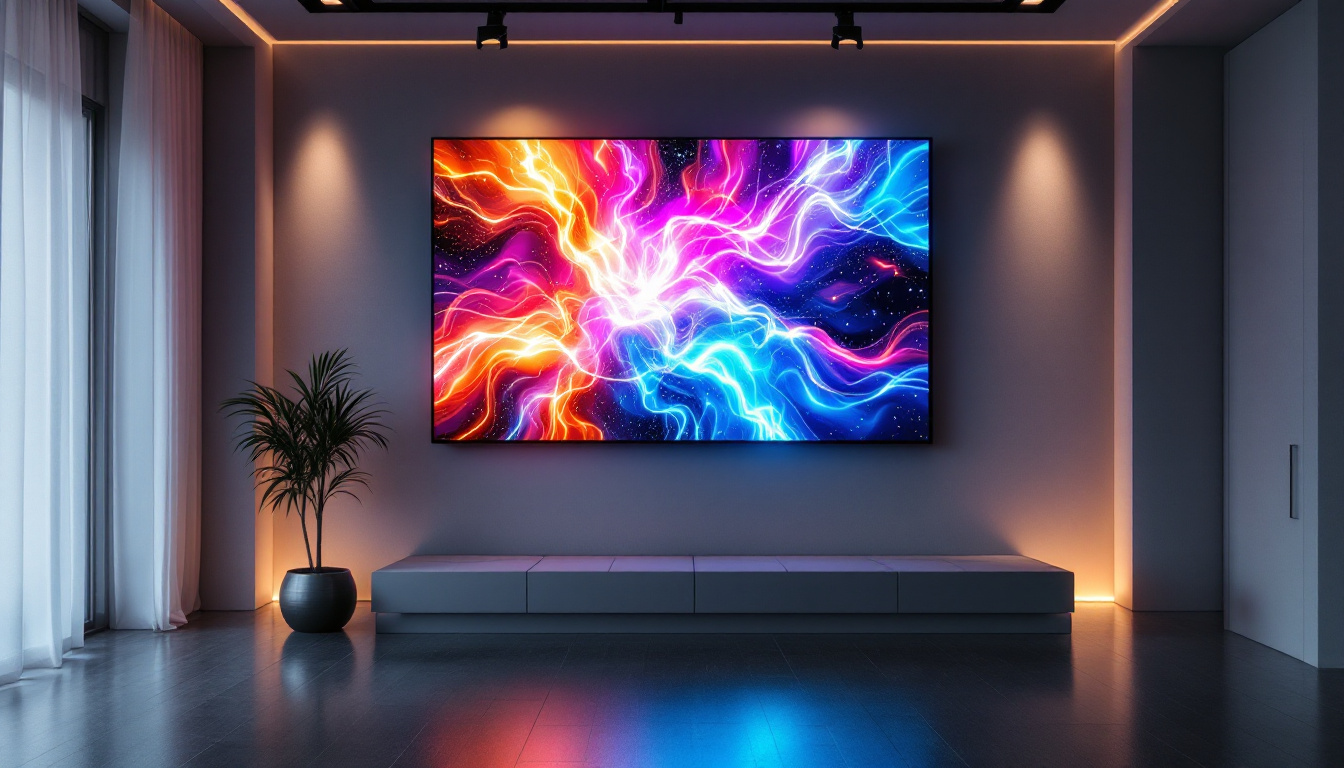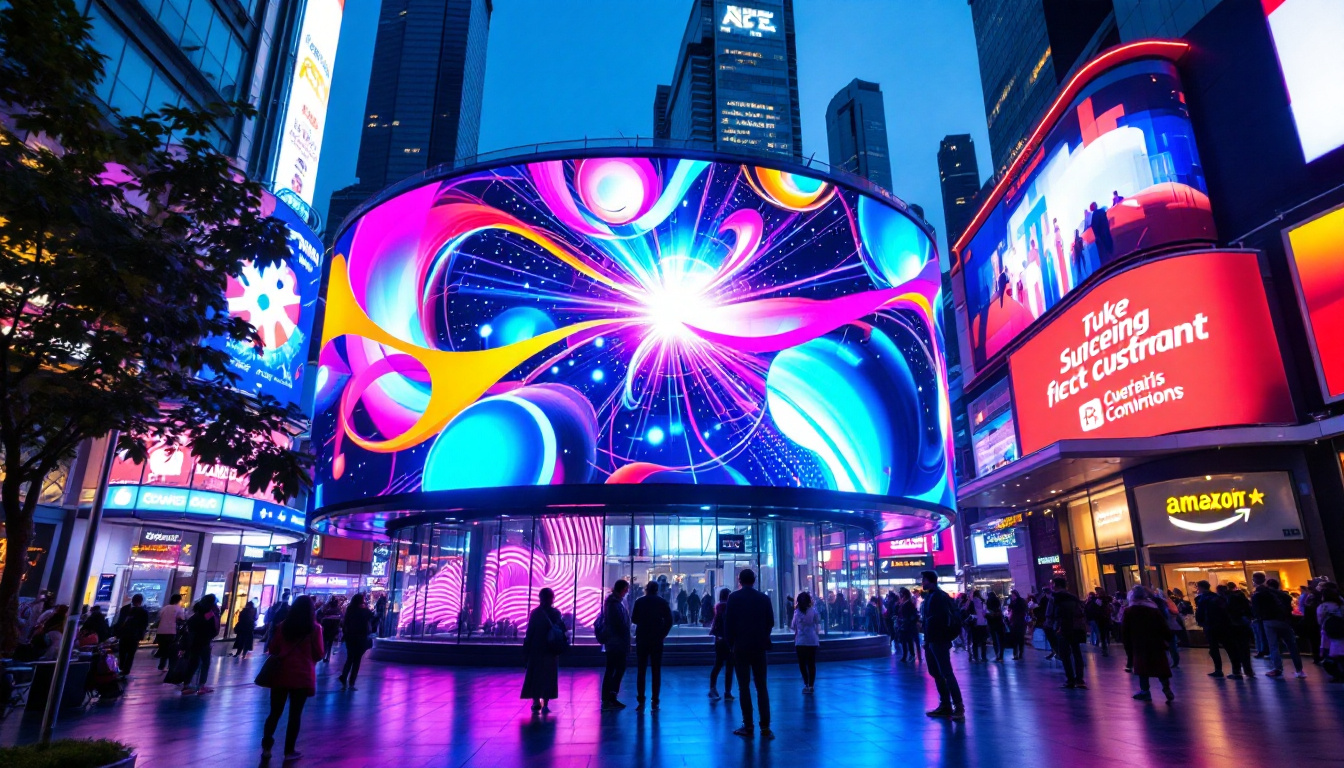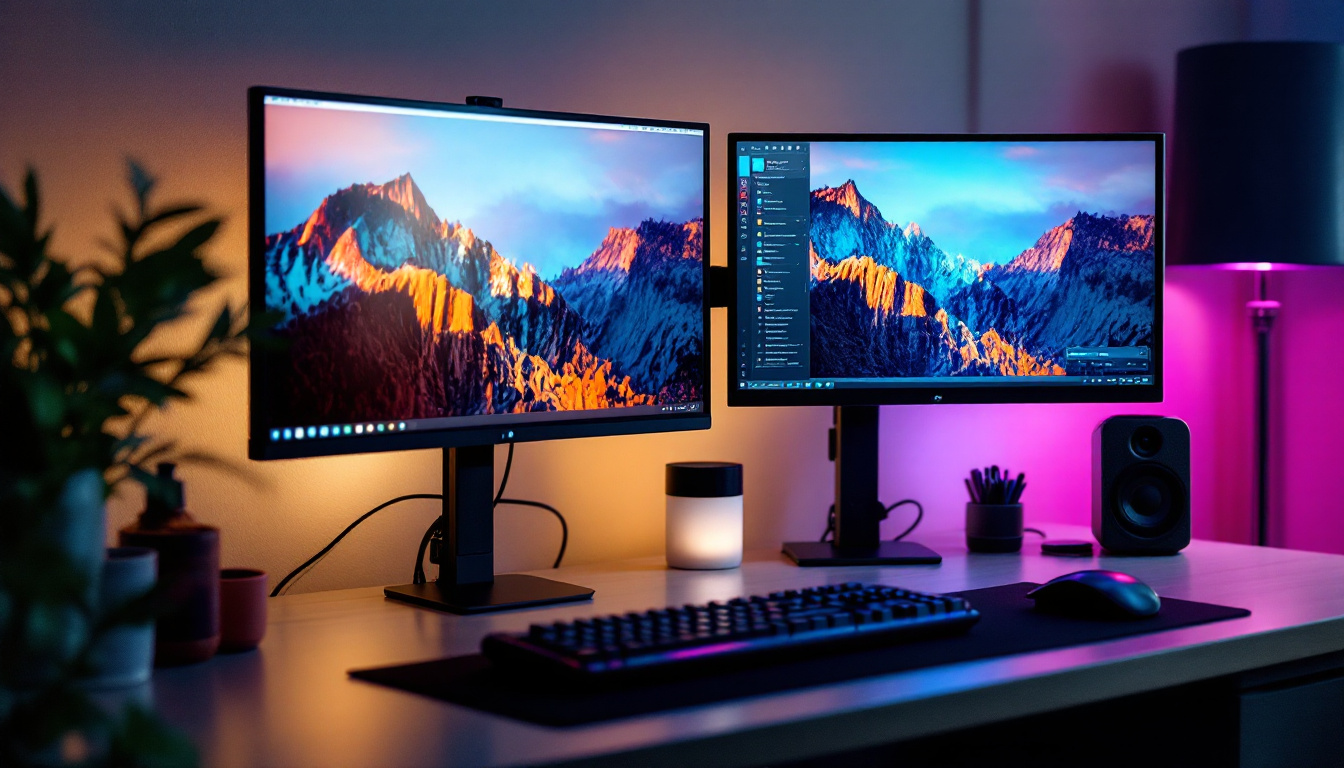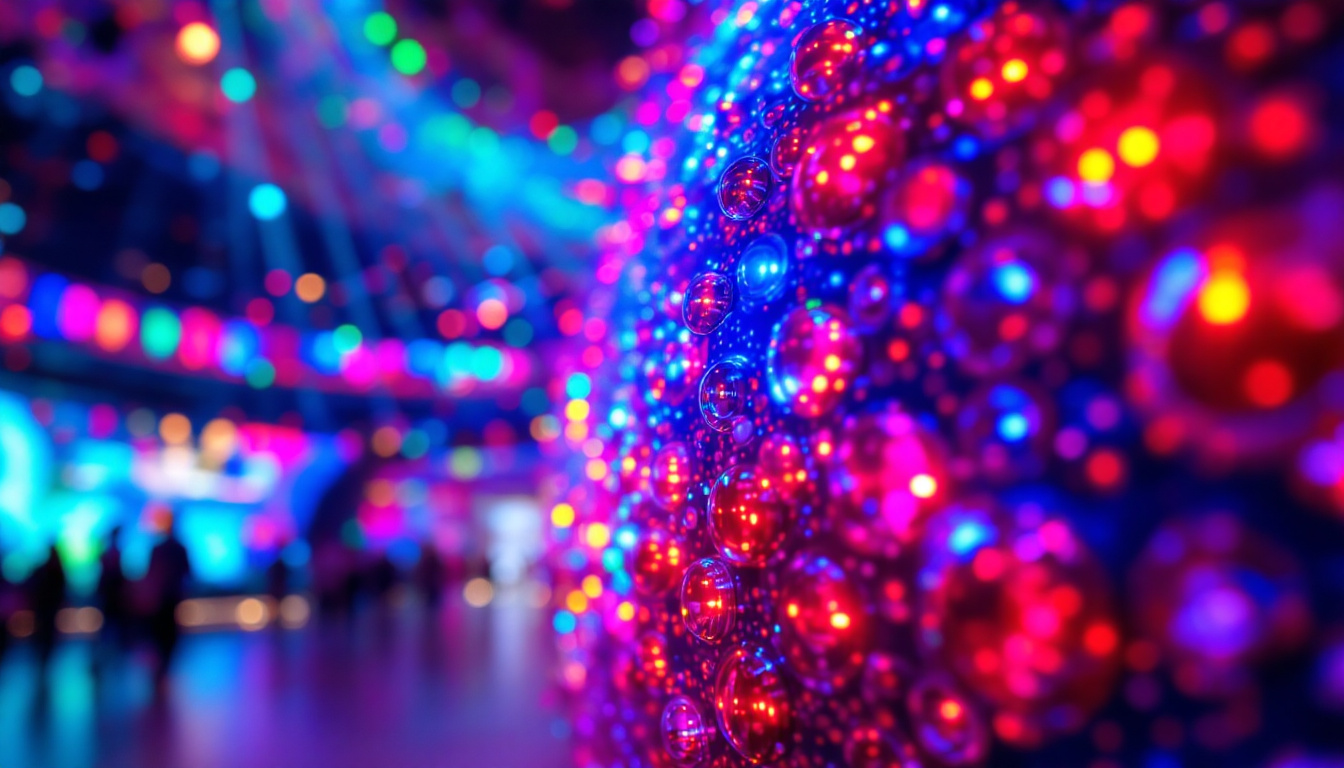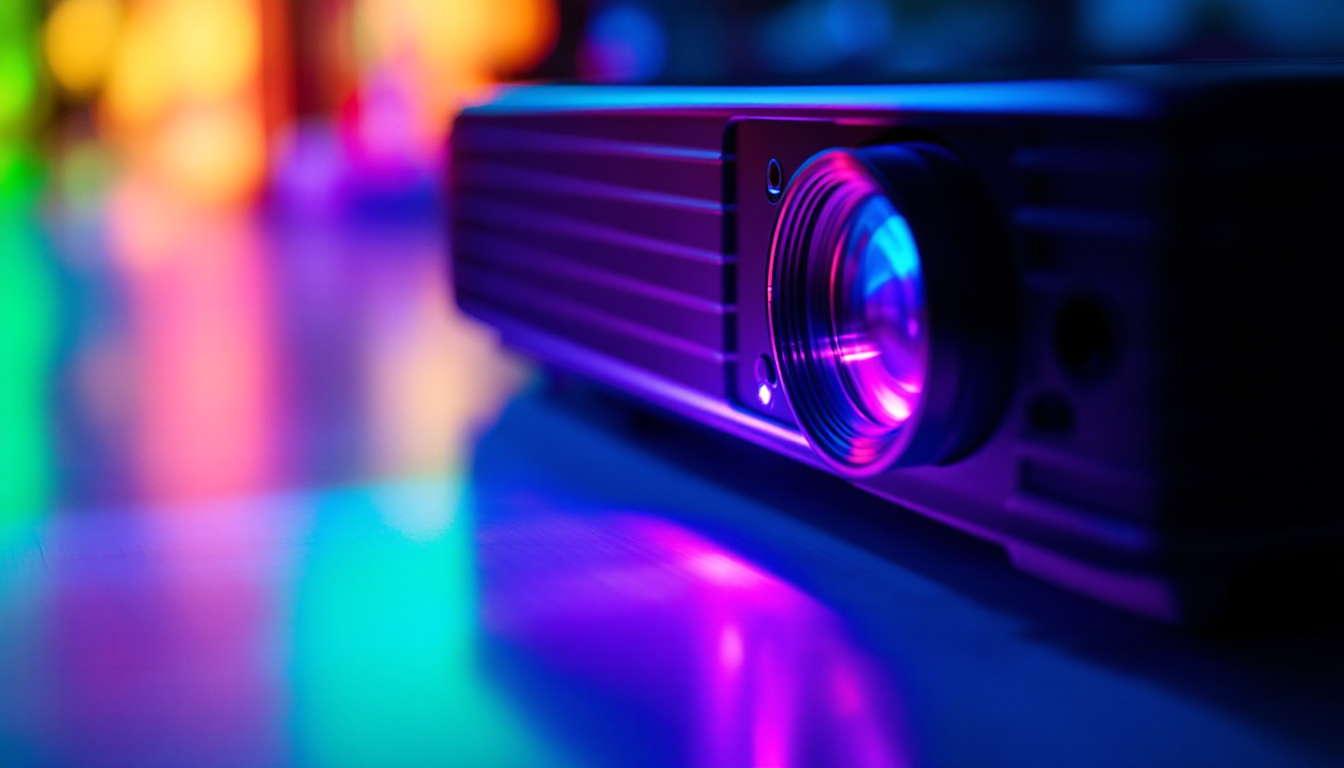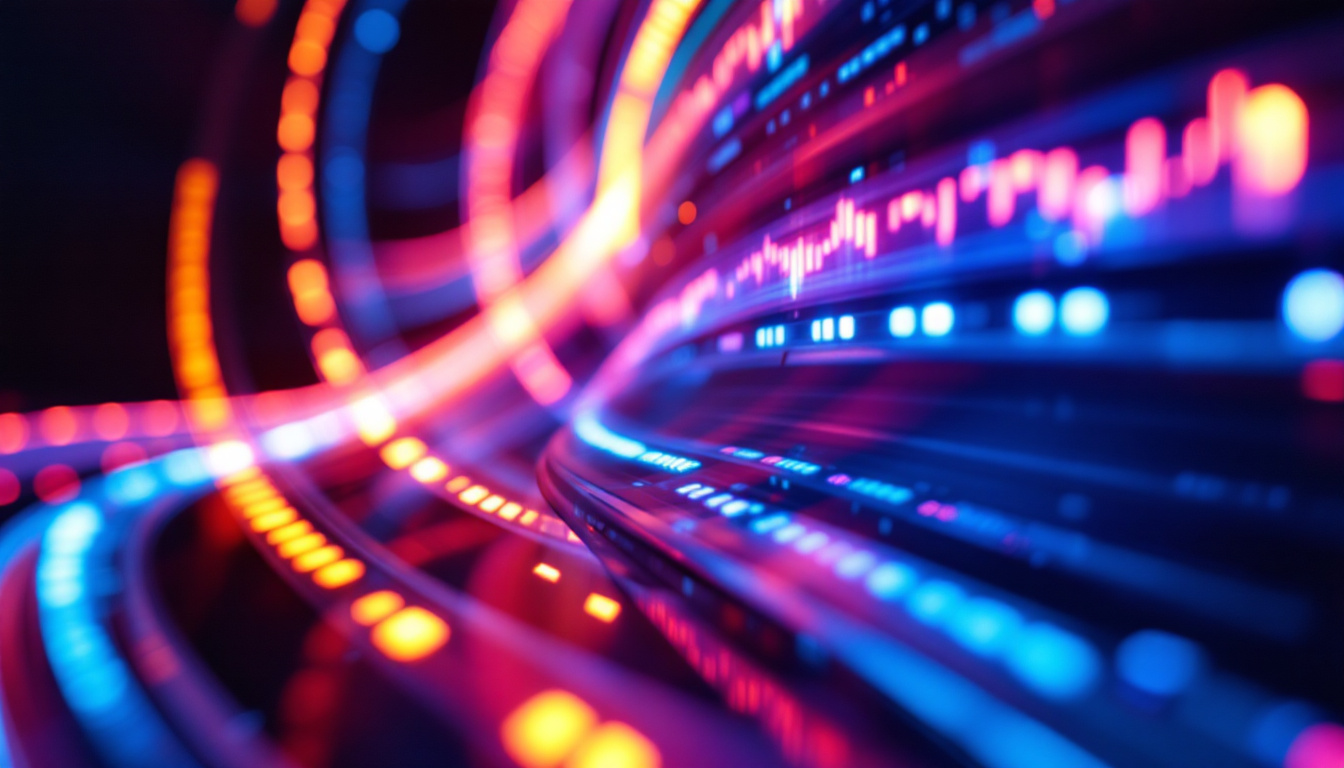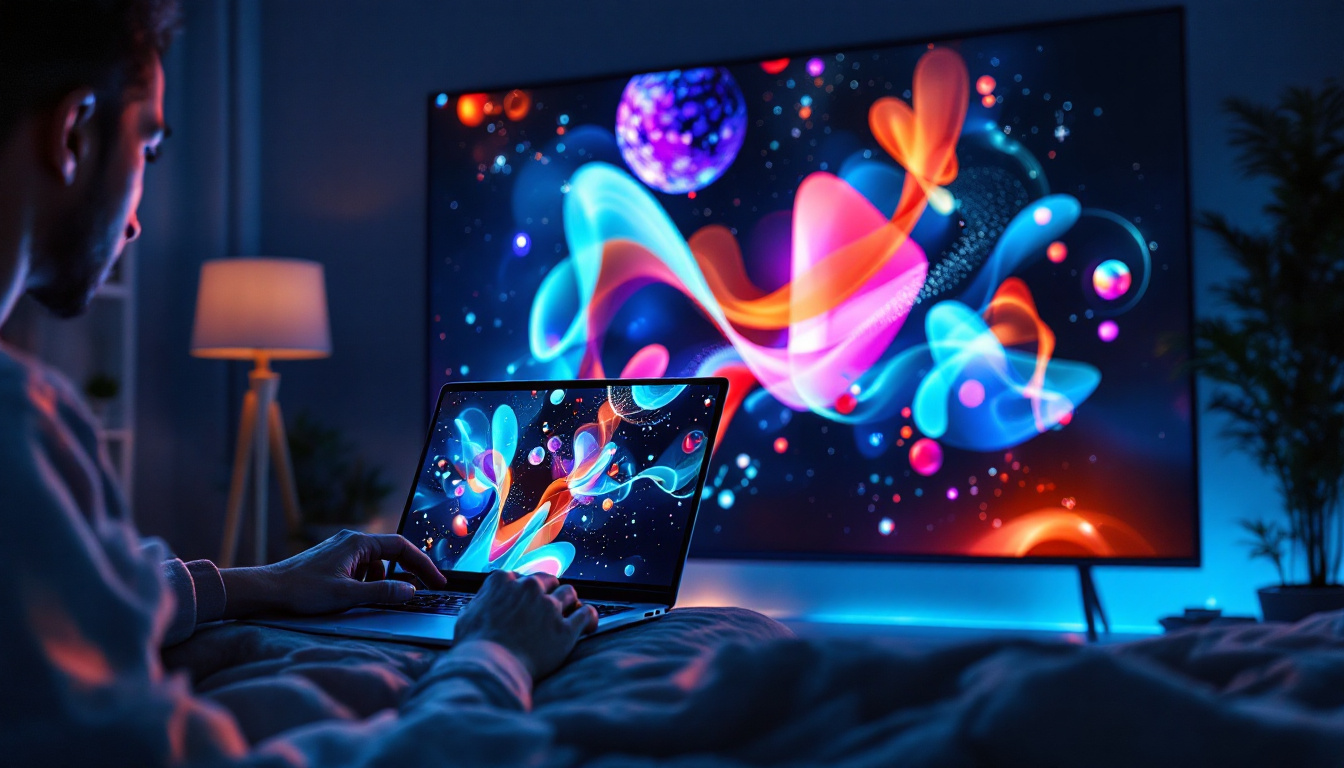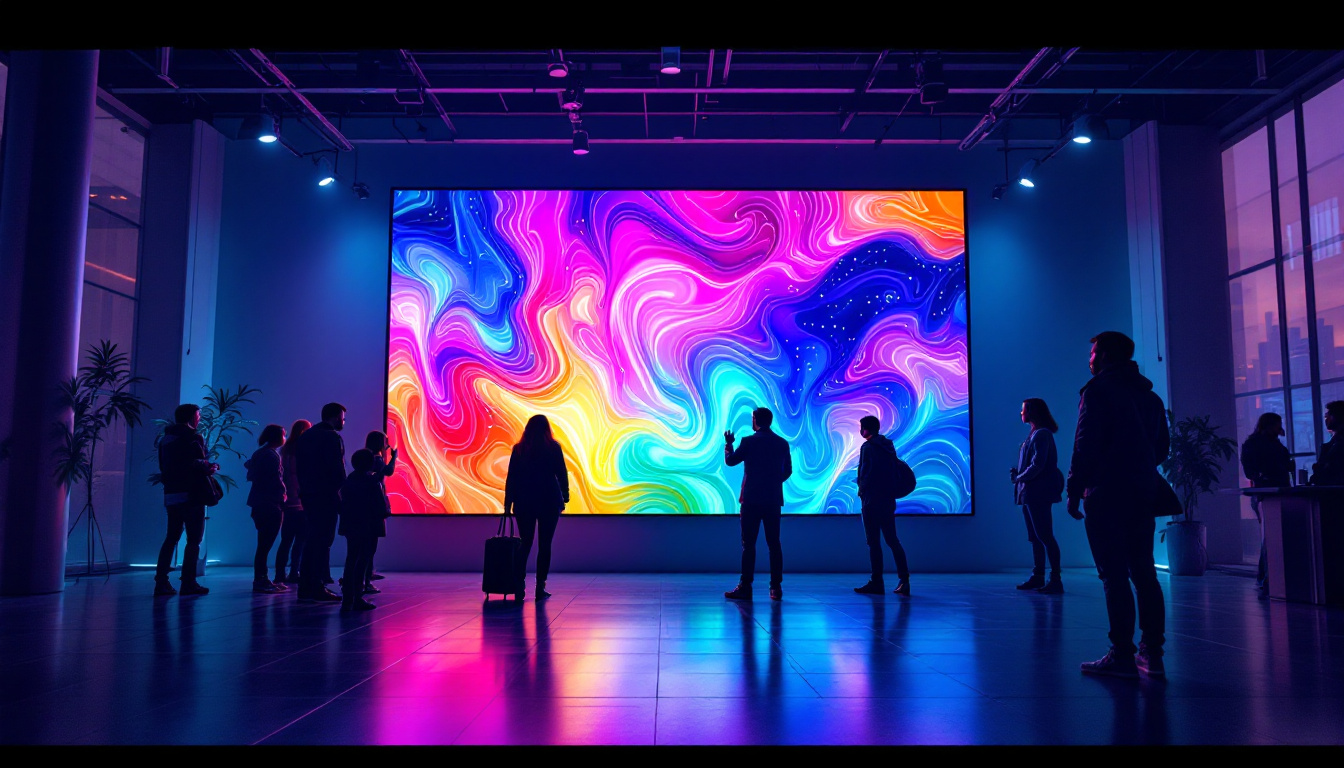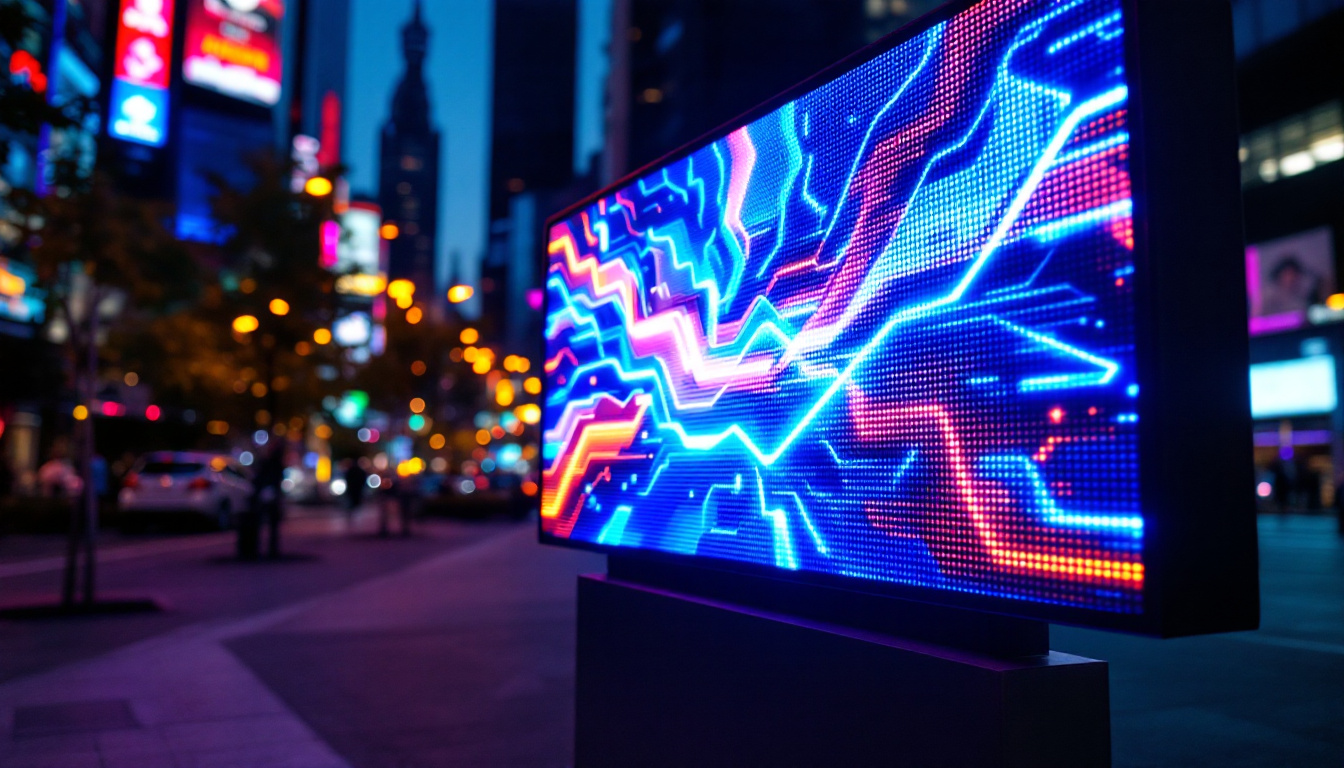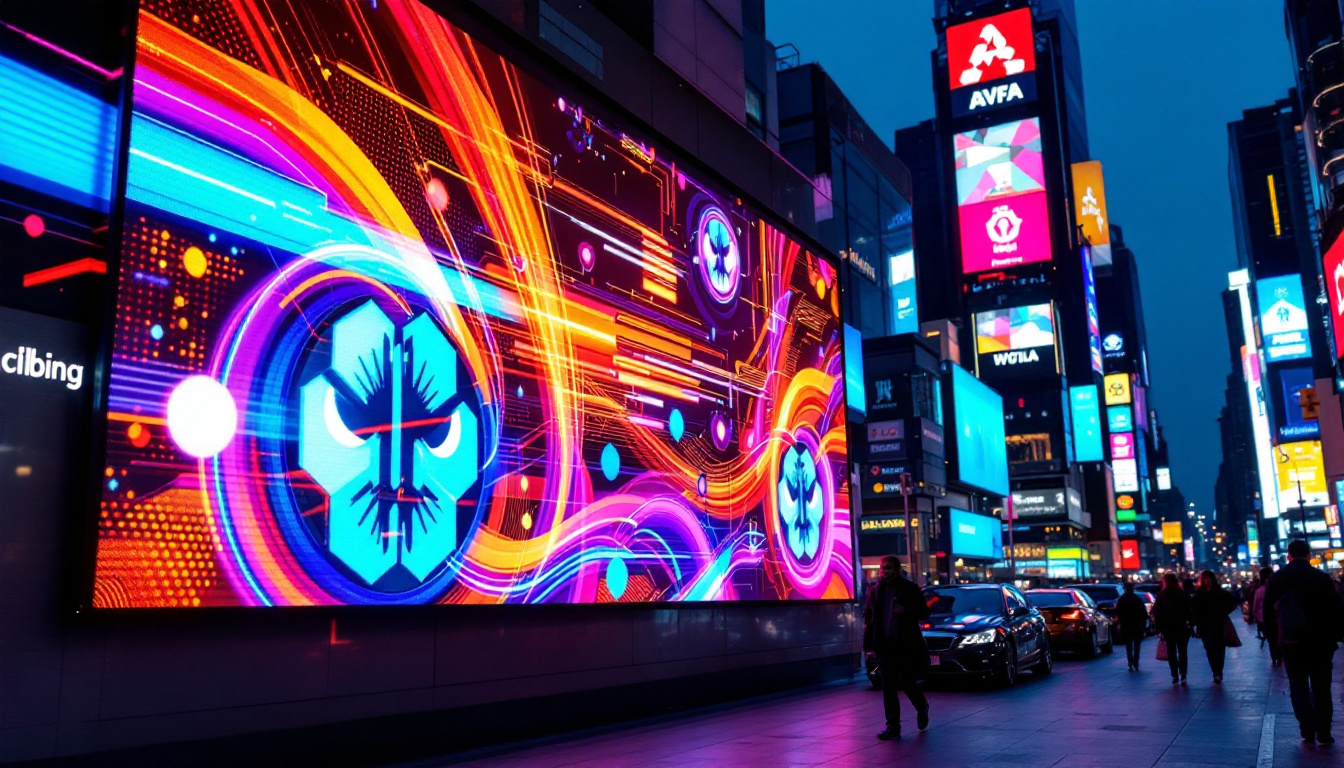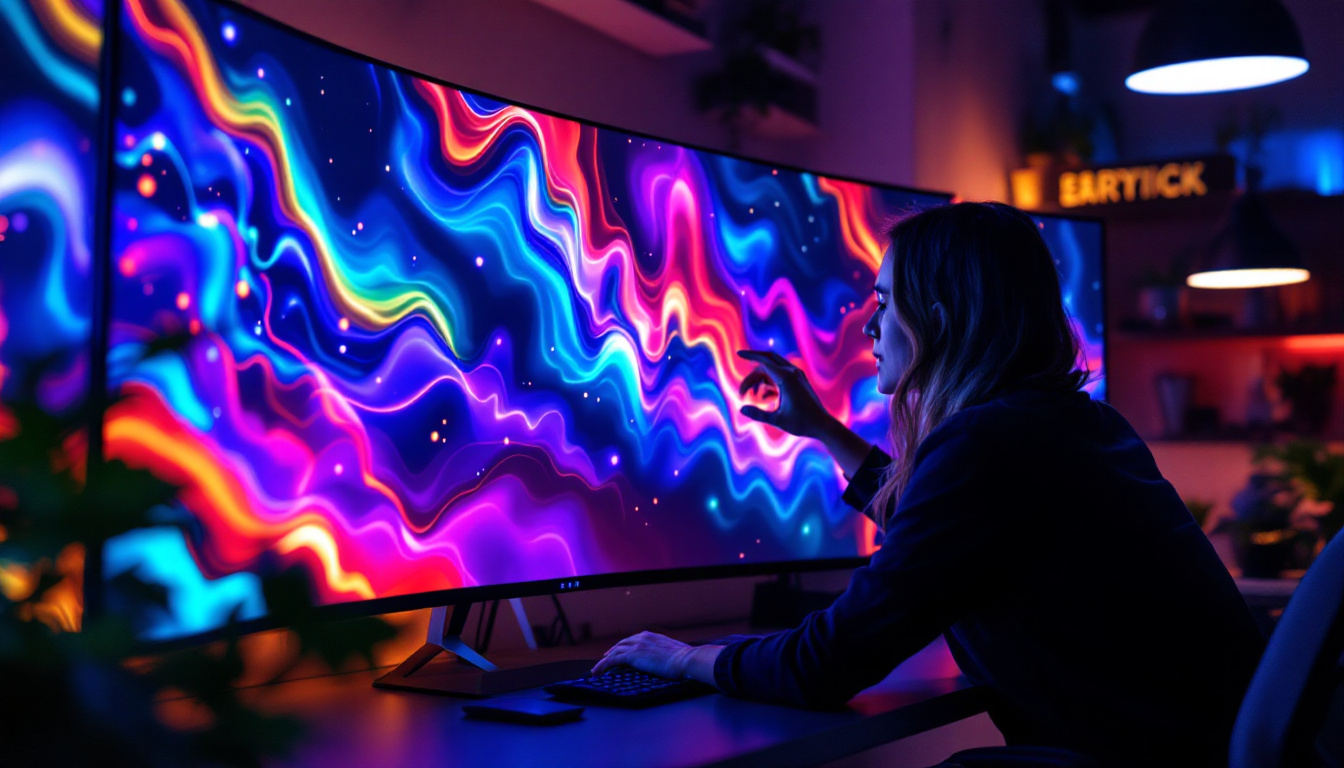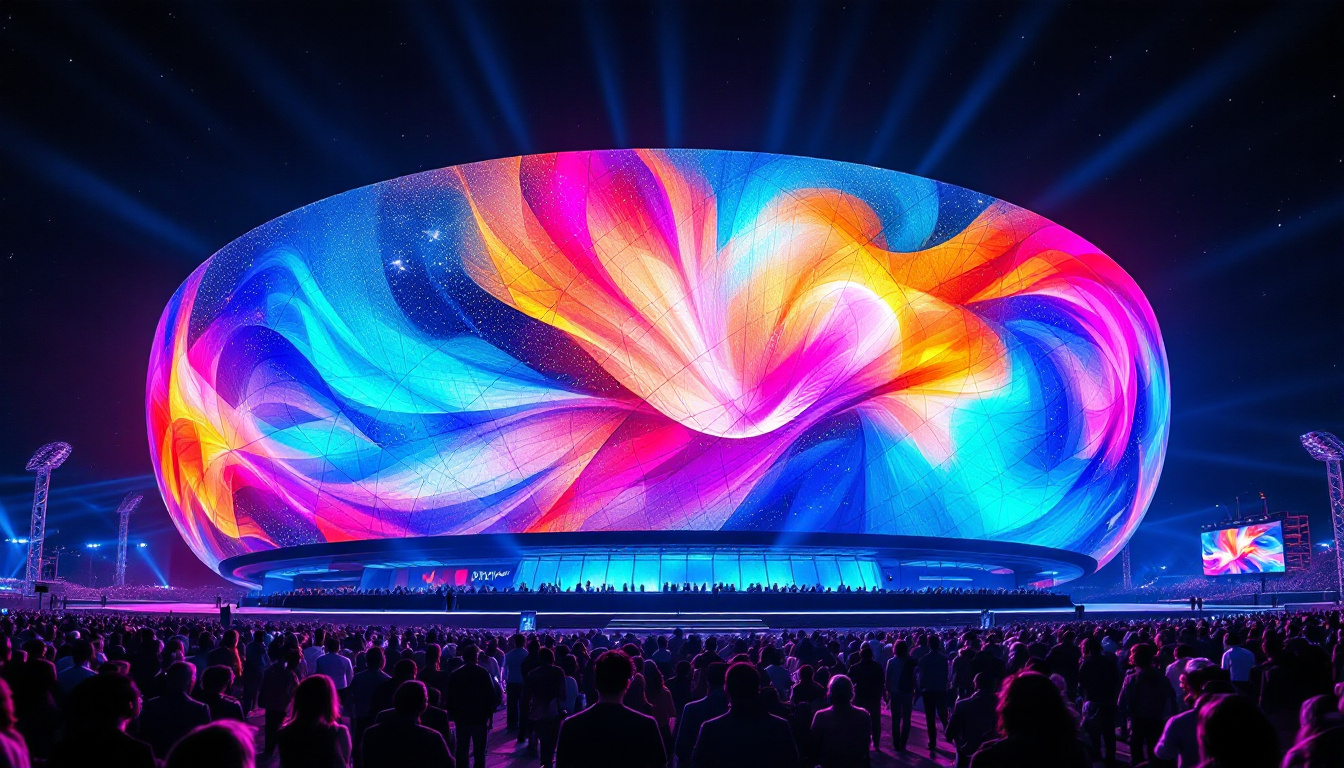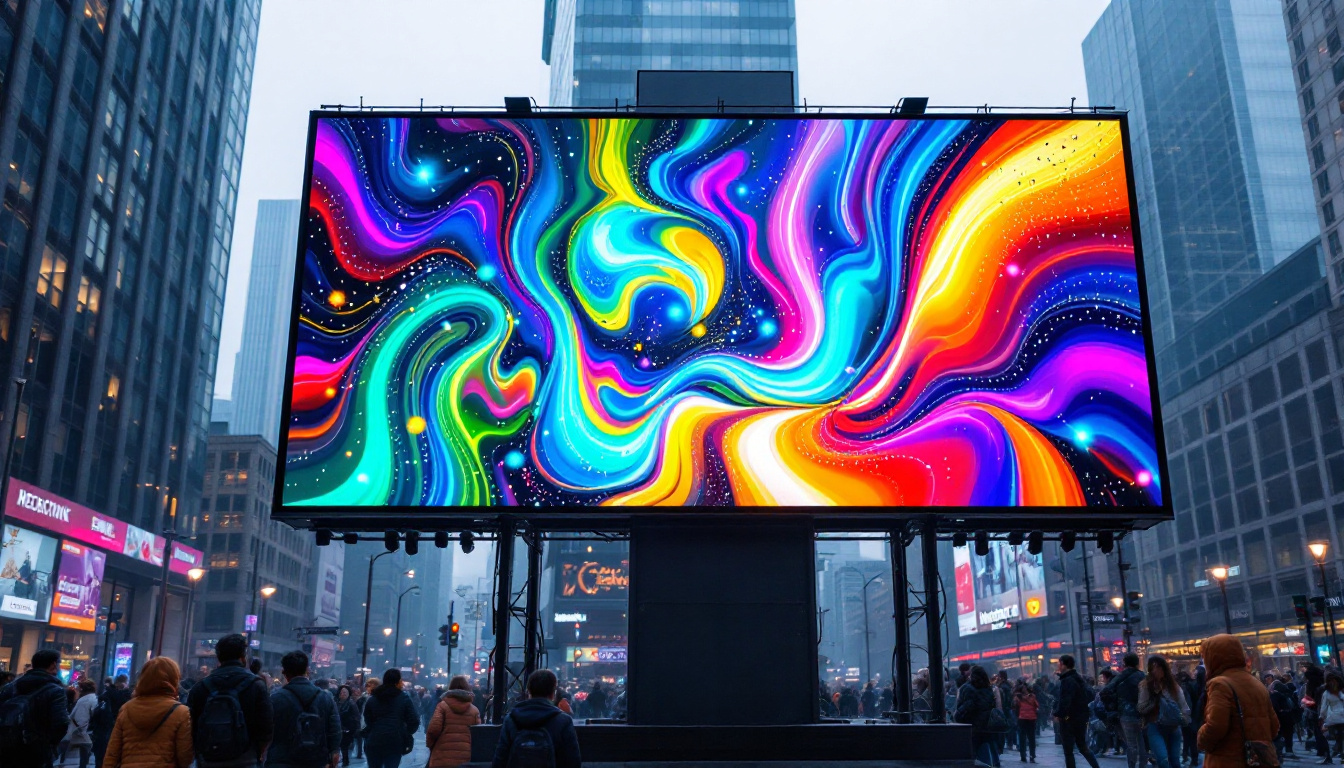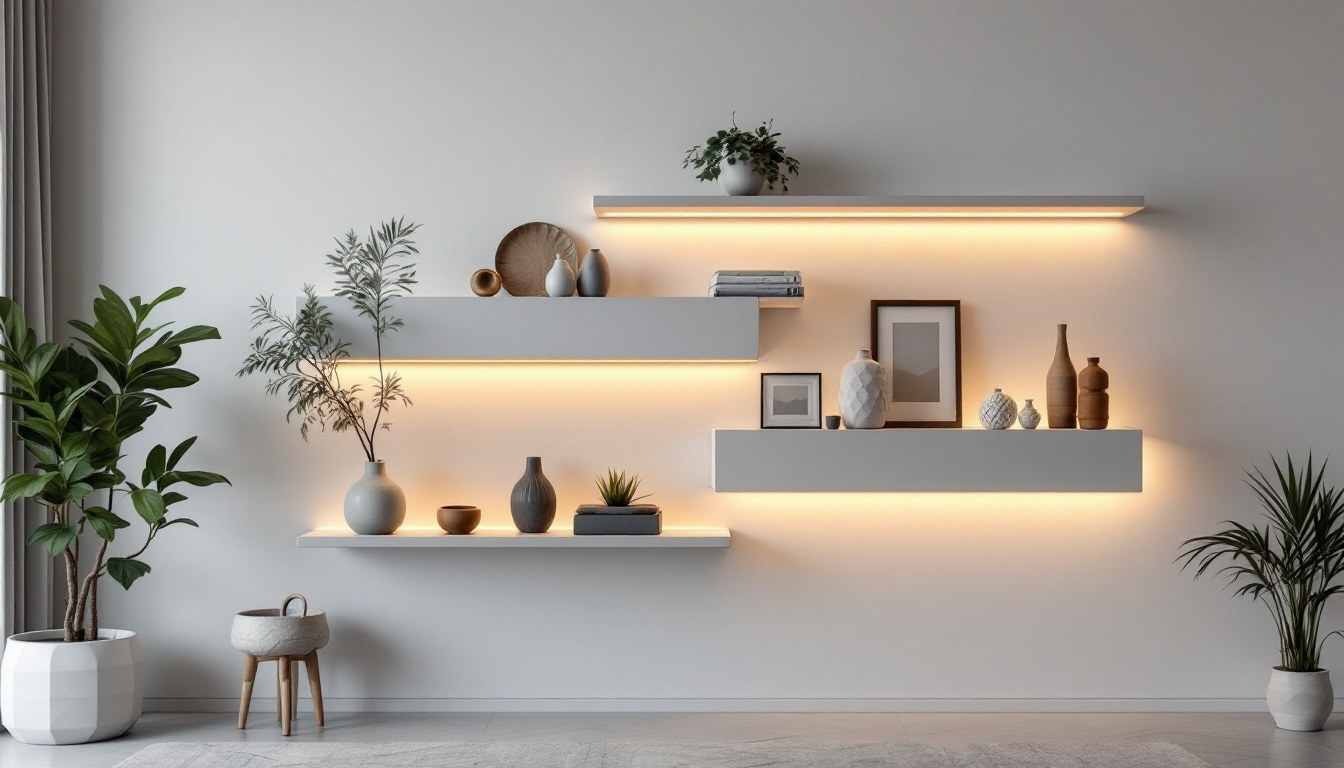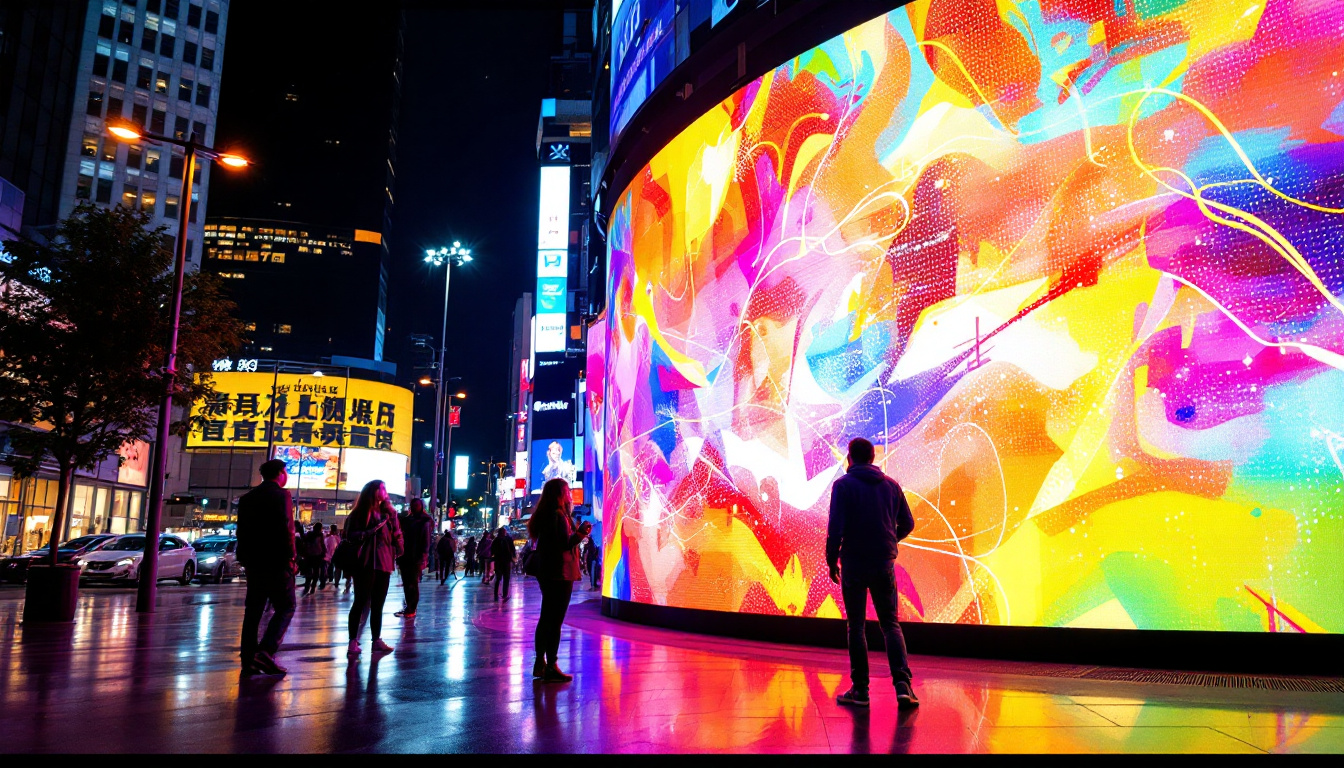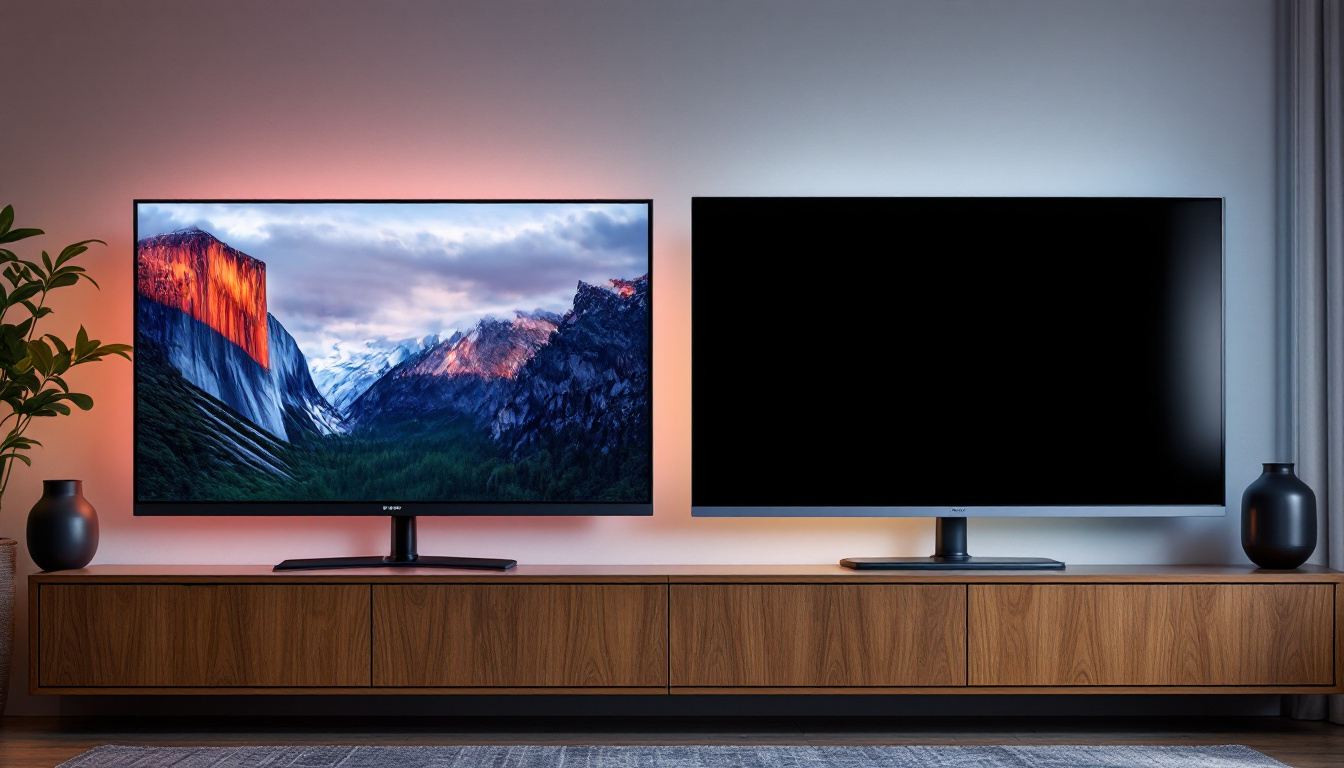In today’s digital age, laptops have become indispensable tools for work, education, and entertainment. One crucial aspect of a laptop’s functionality is its display, particularly the brightness of the LED screen. Understanding how to increase the brightness of a laptop’s LED display can significantly enhance the user experience, whether for reading, watching videos, or working in various lighting conditions. This article delves into the intricacies of LED displays, their brightness settings, and practical tips for optimizing screen brightness.
Understanding LED Displays
LED (Light Emitting Diode) displays have revolutionized the way we interact with technology. They offer vibrant colors, sharp images, and energy efficiency compared to traditional LCD screens. At the core of an LED display is a matrix of tiny diodes that emit light when an electric current passes through them. This technology not only improves visual quality but also allows for thinner and lighter screens. The compact nature of LED technology has paved the way for innovative applications, from ultra-slim televisions to flexible displays that can be integrated into various surfaces, enhancing both aesthetics and functionality.
How LED Displays Work
LED displays operate by using a backlight, which illuminates the pixels on the screen. In most laptops, this backlight is composed of multiple LEDs that can be adjusted to change the brightness level. The brightness is controlled by varying the voltage supplied to the LEDs, allowing for a wide range of brightness settings. This adaptability is particularly beneficial in different environments, such as bright offices or dimly lit rooms. Additionally, advancements in technology have led to the development of OLED (Organic Light Emitting Diode) displays, which offer even deeper blacks and improved contrast ratios by allowing individual pixels to turn off completely, thus providing a more immersive viewing experience.
Moreover, the color quality of LED displays is enhanced by the use of various filters and coatings. These elements ensure that colors appear more vivid and true to life. Understanding these fundamentals helps users appreciate the technology behind their devices and the importance of brightness settings. Furthermore, the incorporation of HDR (High Dynamic Range) technology in many modern LED displays allows for a broader range of colors and brightness levels, making images look more realistic and dynamic, which is especially noticeable in gaming and high-definition video content.
Benefits of Adjusting Brightness
Adjusting the brightness of a laptop’s LED display has several benefits. Firstly, it can reduce eye strain, especially during prolonged usage. A screen that is too bright can cause discomfort, while a dim screen may lead to squinting and fatigue. Finding the right balance is essential for maintaining visual comfort. In addition to personal comfort, many devices now feature adaptive brightness settings that automatically adjust the screen brightness based on ambient light conditions, further enhancing user experience and reducing the need for manual adjustments.
Additionally, optimizing brightness can extend battery life. Higher brightness levels consume more power, which can drain the battery faster. By adjusting brightness according to the environment, users can make their laptops last longer without needing a recharge. This is particularly advantageous for users who are frequently on the go, as a well-managed brightness setting can mean the difference between finishing a presentation or running out of battery mid-task. Moreover, in situations where power outlets are not readily available, such as during travel or outdoor use, being mindful of screen brightness can significantly enhance productivity and ensure that devices remain functional throughout the day.
How to Increase Brightness on Your Laptop
Increasing the brightness of a laptop’s LED display can usually be accomplished through several straightforward methods. Depending on the operating system and hardware, these methods may vary slightly. Below are some common techniques to adjust brightness effectively.
Using Keyboard Shortcuts
Most laptops come equipped with dedicated function keys that allow users to adjust brightness quickly. Typically, these keys are located on the top row of the keyboard and are marked with a sun icon. To increase brightness, users can hold down the ‘Fn’ key while pressing the corresponding brightness key.
These shortcuts are often the fastest way to make adjustments, especially when moving between different lighting conditions. Familiarizing oneself with these shortcuts can save time and enhance productivity. Additionally, some laptops may allow users to customize these shortcuts through the manufacturer’s software, enabling even more personalized control over display settings.
Adjusting Settings in the Operating System
Both Windows and macOS provide built-in options to adjust screen brightness through system settings. In Windows, users can access the brightness slider by clicking on the notification icon in the taskbar and adjusting the brightness level. Alternatively, users can navigate to ‘Settings’, then ‘System’, and select ‘Display’ to find more detailed options.
For macOS users, brightness can be adjusted through the ‘System Preferences’ menu. By selecting ‘Displays’, users can find a slider that allows for precise control over brightness levels. This method is particularly useful for fine-tuning brightness for specific tasks, such as graphic design or video editing. Moreover, both operating systems also offer options to enable automatic brightness adjustment, which uses ambient light sensors to optimize display brightness based on surrounding light conditions, further enhancing the viewing experience.
Using Third-Party Software
For those seeking more control over their display settings, third-party software can provide advanced options for brightness adjustment. Applications like f.lux or Iris offer features that allow users to customize brightness based on the time of day or ambient light conditions. These tools can help reduce eye strain and improve overall comfort during extended use.
While third-party applications can enhance the user experience, it’s essential to choose reputable software to avoid potential security risks. Always research and read reviews before downloading any application. Additionally, some software may include features such as blue light filtering, which can be particularly beneficial for users who spend long hours in front of their screens, as it can help mitigate the negative effects of prolonged exposure to harsh lighting and improve sleep quality when used in the evening.
Common Issues with Brightness Adjustment
While adjusting brightness is generally straightforward, users may encounter some common issues. Understanding these problems can help troubleshoot and resolve them effectively.
Brightness Not Changing
One of the most frustrating issues users may face is the inability to change brightness settings. This problem can stem from outdated graphics drivers or incorrect settings in the operating system. To resolve this, users should ensure that their graphics drivers are up-to-date. This can typically be done through the device manager in Windows or by using the App Store on macOS.
Additionally, checking the power settings can also help. Sometimes, power-saving modes can restrict brightness adjustments. Users should ensure that their laptop is set to a balanced or high-performance power plan to have full control over brightness levels.
Screen Flickering
Screen flickering can be another issue related to brightness adjustment. This problem may occur due to incompatible drivers or hardware malfunctions. If flickering is noticed when changing brightness, users should try rolling back to a previous driver version or updating to the latest version. If the problem persists, it may be necessary to consult a professional technician.
Brightness Resetting Automatically
Some laptops may reset brightness levels automatically, especially when switching between power sources. This behavior can be frustrating, particularly for users who prefer specific brightness settings. To mitigate this, users should check their laptop’s power settings and disable any features that automatically adjust brightness based on battery life or power source.
Best Practices for Maintaining Display Brightness
Maintaining optimal brightness levels not only enhances the user experience but also prolongs the lifespan of the laptop’s display. Here are some best practices to consider.
Use Adaptive Brightness
Many modern laptops feature adaptive brightness settings, which automatically adjust the screen brightness based on ambient light conditions. This feature can be particularly useful for users who frequently move between different environments. By enabling adaptive brightness, users can ensure that their display remains comfortable and energy-efficient without manual adjustments.
Regularly Clean the Screen
A clean screen can significantly improve visibility and brightness perception. Dust and fingerprints can obscure light, making the display appear dimmer than it is. Regularly cleaning the screen with a microfiber cloth can help maintain clarity and brightness. It is advisable to use gentle cleaning solutions specifically designed for electronics to avoid damaging the screen.
Calibrate Display Settings
Calibrating the display settings can enhance color accuracy and brightness. Both Windows and macOS offer calibration tools that guide users through the process. By adjusting gamma, brightness, contrast, and color balance, users can achieve a display that meets their specific preferences and needs.
Conclusion
Understanding how to increase the brightness of a laptop’s LED display is essential for optimizing user experience. With the right knowledge and tools, users can easily adjust brightness settings to suit their environment and preferences. Whether through keyboard shortcuts, operating system settings, or third-party applications, there are numerous ways to enhance screen brightness effectively.
Moreover, being aware of common issues and best practices can help maintain optimal display performance. By implementing these strategies, users can enjoy a more comfortable and efficient computing experience, whether for work, study, or leisure.
As technology continues to evolve, staying informed about display settings and features will empower users to make the most of their devices. Embracing the full potential of LED displays not only enhances productivity but also contributes to a more enjoyable digital experience.
Explore Cutting-Edge LED Display Solutions
Ready to take your visual experience to the next level? Discover the innovative world of LumenMatrix, where we specialize in providing advanced LED display modules tailored to your needs. From captivating Indoor LED Walls to dynamic Outdoor LED Displays, and from versatile Vehicle LED Displays to sleek LED Poster Displays, LumenMatrix has the perfect solution to illuminate your space. Our mission is to transform visual communication with digital signage and LED displays that not only engage but also inspire your audience. Don’t miss out on the opportunity to elevate your brand’s visibility and impact. Check out LumenMatrix LED Display Solutions today and see the difference for yourself!

